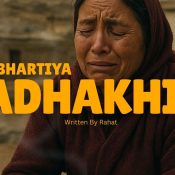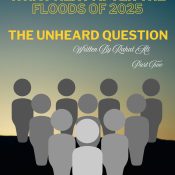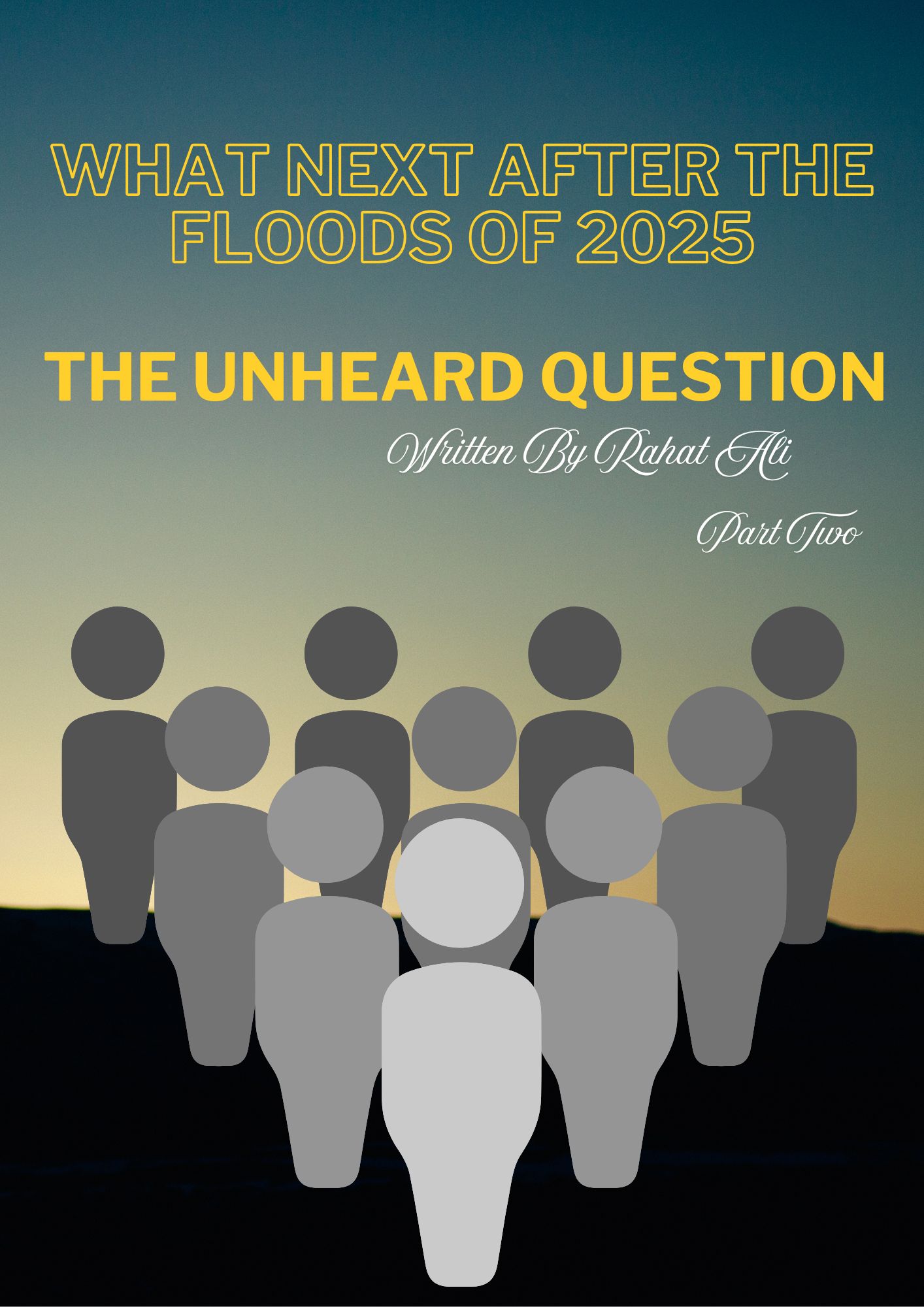
The Unheard Question: What Next After The Floods Of 2025 (Part 2)
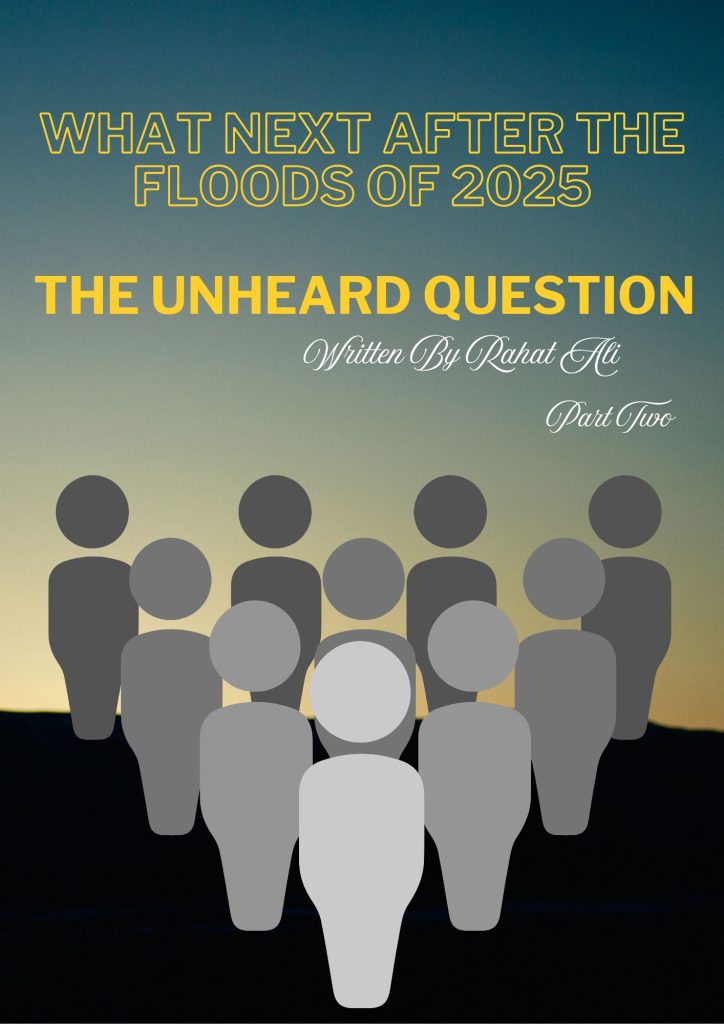
The Unheard Question: What Next After the Floods of 2025
Written by Rahat Ali
Published by: The Uncommon Stories of India
The days turned into weeks, but the water did not recede from memory. Every village name became a symbol of grief. Mohar was no longer just Mohar; it was the grave of forty lost souls. Pragwal was not just Pragwal; it was the broken bridge where a child’s slippers were last seen. Maga was not only Maga; it was where Amit Shah came, and people cried before him, not for politics, but for answers. Katal Batao, Darmani, Dhingyali, Bhajalata, Peer Kho, Gorkha Nagar, Gujjar Nagar—each of these names etched into the national conscience not as dots on a map, but as sites of pain.Punjab carried its burden quietly. Villages around Ludhiana, Bathinda, Patiala, Barnala, Sangrur, Fazilka, and Mansa struggled as families camped along highways. Entire blocks of Jalandhar and Amritsar smelled of decay as carcasses of cattle lay unclaimed. Hoshiarpur and Kapurthala saw floodwaters cut through schools, scattering books like fallen leaves. Pathankot and Gurdaspur, already scarred by border struggles, now battled nature’s fury. Each story was shared on Facebook lives, WhatsApp statuses, Twitter feeds—villagers standing on terraces, saying, “Hum do din se bhookhe hain”, their voices trembling but determined.In Himachal Pradesh, reels on Instagram showed the collapsed bridge in Aut, the broken highway near Kullu, the drowning orchards in Kinnaur, the rescue helicopters flying low over Mandi, and the stranded tourists in Spiti waving desperately. Social media became a lifeline and a mirror, carrying the cries of Dharamshala’s families, Solan’s displaced workers, and Shimla’s hotel staff who lost their only source of income.In Uttarakhand, the ghats of Haridwar were filled not with ritual chants but with relief queues. Uttarkashi’s Dharali became a symbol, its broken homes shared across India with captions of disbelief. Tharali’s mothers cooking in makeshift tents, Harsil’s ruined bridge, Rudraprayag’s markets under sludge, Tehri Garhwal’s hills sliding down like sand—these became visuals replayed endlessly on local channels.And Jammu & Kashmir bled silently. From Kishtwar’s Chosoti to Reasi, Rajouri, Poonch, Ramban, Anantnag, Baramulla, the valleys echoed with both cries and silence. In Gujjar Nagar, boys ferried elders on makeshift rafts. In Peer Kho, the temple bell rang not for prayers, but as a signal for help. In Gorkha Nagar, people formed human chains to pull survivors from currents. Srinagar’s outskirts—Bemina, Batamaloo, Lasjan—were flooded, and old women sat in half-submerged houses whispering prayers.Even faraway places like Fatehabad, Sirsa, Hisar in Haryana joined the map of despair. Delhi’s Yamuna broke boundaries, flooding Yamuna Bazar, Kashmere Gate, Nigambodh Ghat, Mayur Vihar, making the nation’s capital itself a reminder that disaster spared no one. Images of the Red Fort in the backdrop of water went viral—a cruel metaphor for history drowning before our eyes.Relief did arrive—armies with boats, helicopters with food packets, NGOs with medicines, neighbors with courage. Langar in Tarn Taran, temple kitchens in Reasi, mosque courtyards in Poonch, church basements in Shimla—every faith turned its space into shelter. Volunteers from Amritsar to Almora cooked day and night. Doctors from Mohali to Mandi treated wounds without rest. Students in Chandigarh organized collection drives, while strangers in Delhi packed trucks with blankets. Humanity shone, but the storm of questions only grew.People said: “Hunger is gone for a night, but will it return tomorrow? We eat today, but where do we sleep tomorrow? How do we rebuild the walls, the roofs, the bridges? Who helps us lay the first stone again?”The administration struggled. Roads were gone, towers were down, rivers swallowed bridges, landslides buried paths. Entire pockets—like parts of Doda, far corners of Lahaul, valleys near Chamoli, and hamlets in Sangrur—were invisible to the outside world for weeks. Social media posts became cries: “Is anyone listening? We are alive but forgotten.” In Jammu’s Dhingyali, villagers lit fires on hillsides at night, hoping helicopters would see the glow. In Himachal’s Kinnaur, farmers tied white cloths to poles, signaling rescue from distant mountains.Everywhere, people whispered blame. Some said it was nature, uncontrollable. Others pointed to deforestation, haphazard construction, ignored warnings. Some accused the administration of negligence, of late response, of promises louder than actions. Yet in the middle of this debate stood the survivors—holding nothing but the ruins of their homes, asking again and again, what next?The father who worked twenty years in Gulf countries, sending money home to build a two-room house in Barnala, now sat staring at an empty foundation. The mother in Dharali, who saved dowry items in a trunk for ten years, now searched for them in the mud. The shepherd in Lahaul who lost fifty sheep had nothing left but a staff in his hand. The shopkeeper in Rajouri who borrowed loans for his daughter’s education now watched his shop float away.Children, too, carried scars. In Bhajalata, a boy clutched a soaked notebook, asking if school would reopen. In Sangrur, girls whispered that their toys had drowned. In Chamoli, a child cried not for food, but for the goat that had been his friend. Trauma sat on every face, every silence, every tear.Weeks later, when the skies cleared and water receded, the land revealed itself not as home, but as battlefield. Houses stood like skeletons, roads cracked like old bones, fields rotted. Survivors walked among ruins as if in dreams. In Amritsar, farmers sowed again, but without hope. In Mandi, hotels tried to reopen, but tourists never came. In Haridwar, priests cleaned temples, but no pilgrims arrived. In Poonch, the mosque’s call for prayer echoed, but the congregation was half empty. Life tried to return, but something essential was missing.And still, the question haunted: what next? Relief was not enough. Survival was not enough. Rebuilding was the need, but who would rebuild? Governments promised compensation, but paperwork drowned people in bureaucracy. NGOs provided tents, but tents tore under sun and wind. Families spoke of leaving, of migrating, of never trusting rivers or rains again.Some voices grew louder: “We cannot just rebuild homes; we must rebuild trust, safety, and planning. We must build higher embankments, stronger bridges, better warnings. We must stop cutting forests, stop choking rivers with concrete. We must listen to the mountains, to the rivers, to the people who have lived here for centuries.”But promises are easy; action is hard. Survivors knew this. So they waited—not in silence, but in resilience. They cooked meals together, rebuilt schools brick by brick, sang songs of hope at night. In Tarn Taran, langar became not only food, but faith. In Bhuntar, neighbors helped rebuild each other’s walls. In Pragwal, villagers carried stones up hills, saying, “We will rise again.”And still, as journalists packed their cameras, as leaders moved to new events, as social media shifted to new trends, the survivors stayed with their unanswered question. Not angry, not bitter—just waiting. Because when you have lost everything, even questions are a form of strength.The flood of 2025 was not just a disaster; it was a mirror. It showed India its vulnerability, its failures, its humanity. It showed how villages, towns, cities across Punjab, Jammu, Kashmir, Himachal, Uttarakhand, Haryana, and Delhi could drown in a moment. It showed the strength of volunteers, the silence of grief, the resilience of survivors. And above all, it left behind the unheard question still echoing in every ruined home: what next?—
Quote:
“Homes can be rebuilt, fields can be resown, bridges can be raised again—but who rebuilds the dreams drowned in silence?” – Rahat
#TheUnheardQuestion #Floods2025 #VoicesOfSurvivors #Punjab #JammuAndKashmir #HimachalPradesh #Uttarakhand #Haryana #Delhi #TheUncommonStoriesOfIndia
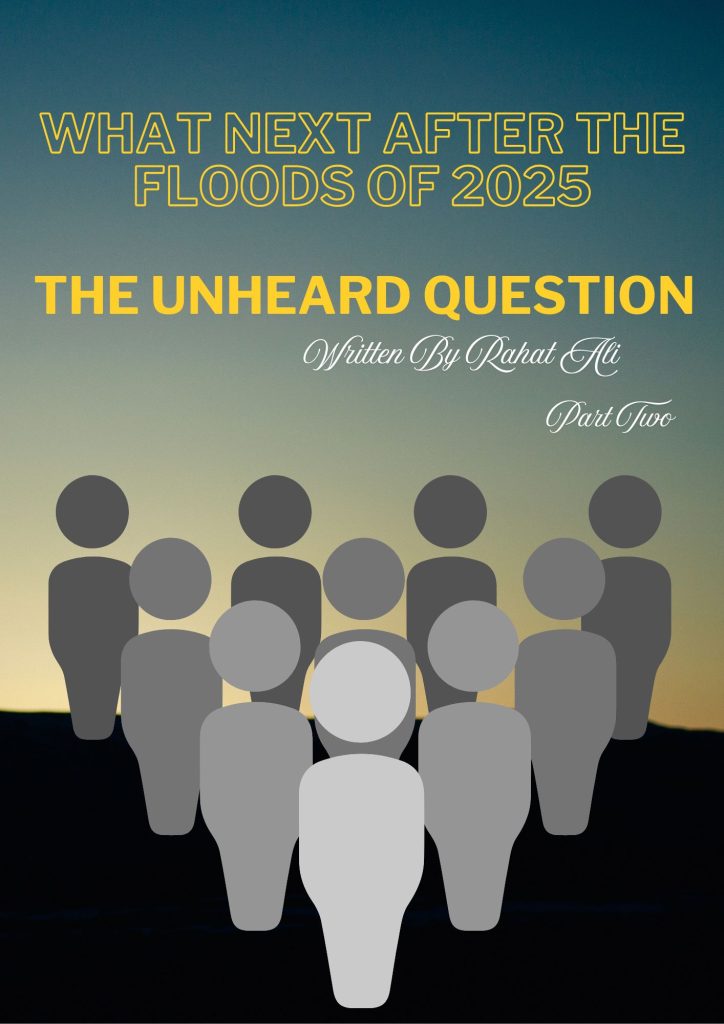
All Categories
Recent Posts
The Bhartiya Ladhakhi:Echoes From The Roof Of The World
DOGRA’s
The Unheard Question: What Next After The Floods Of 2025 (Part 2)
07316984833
contactus@tucsi.org

